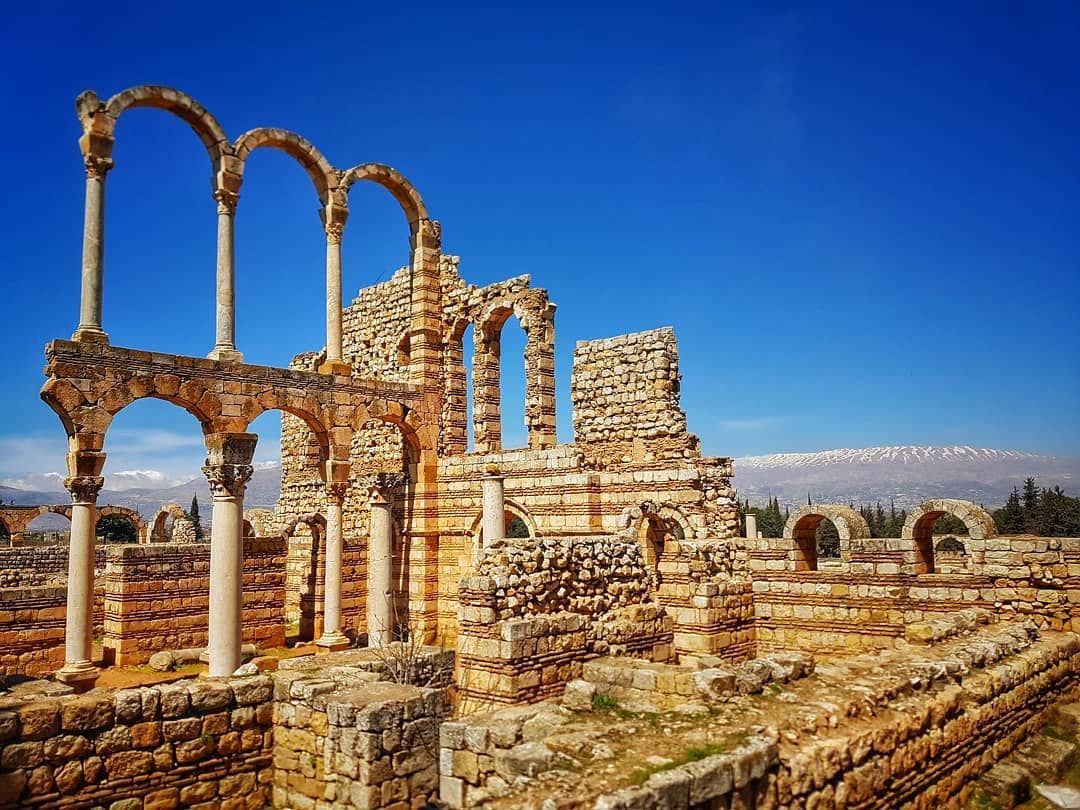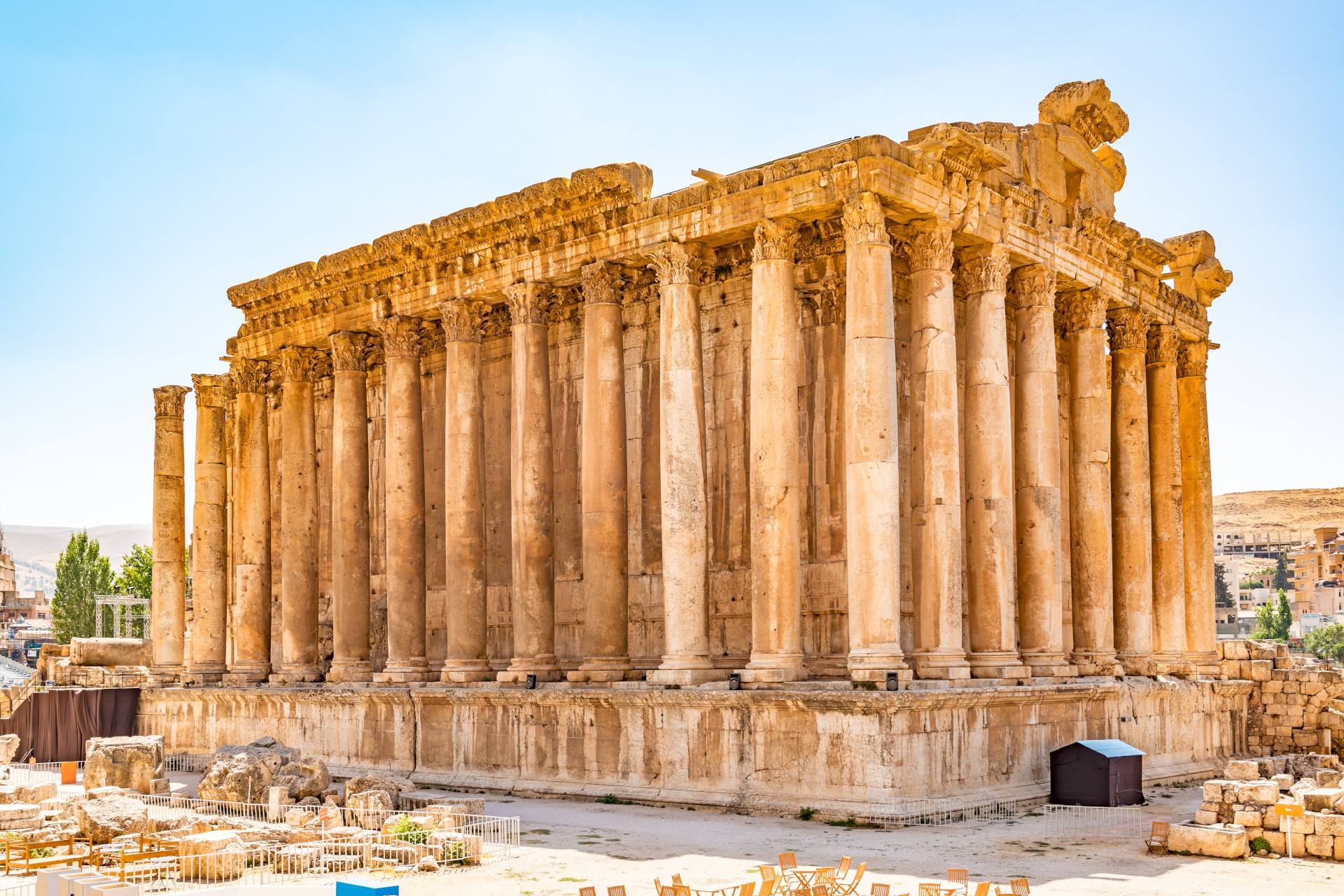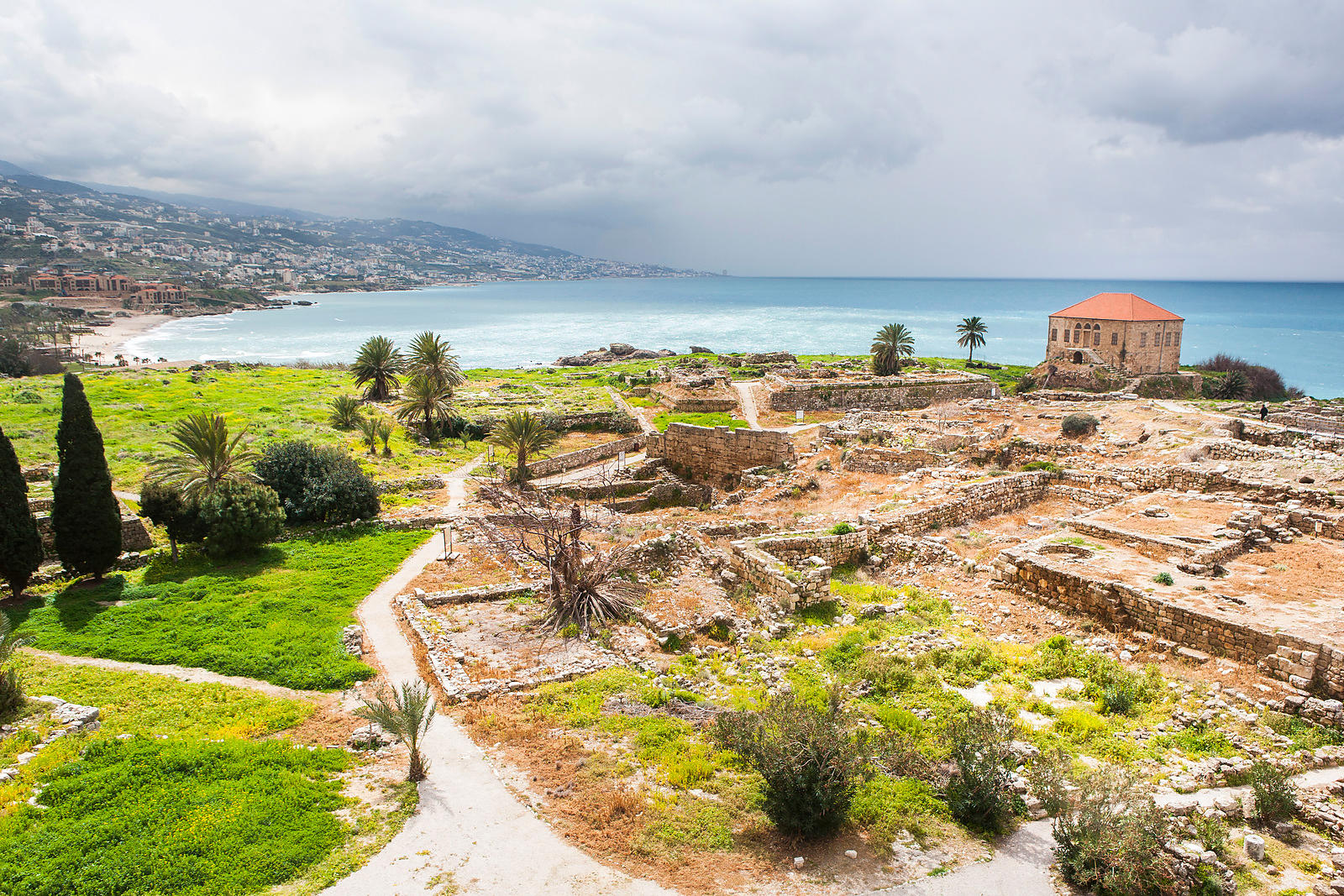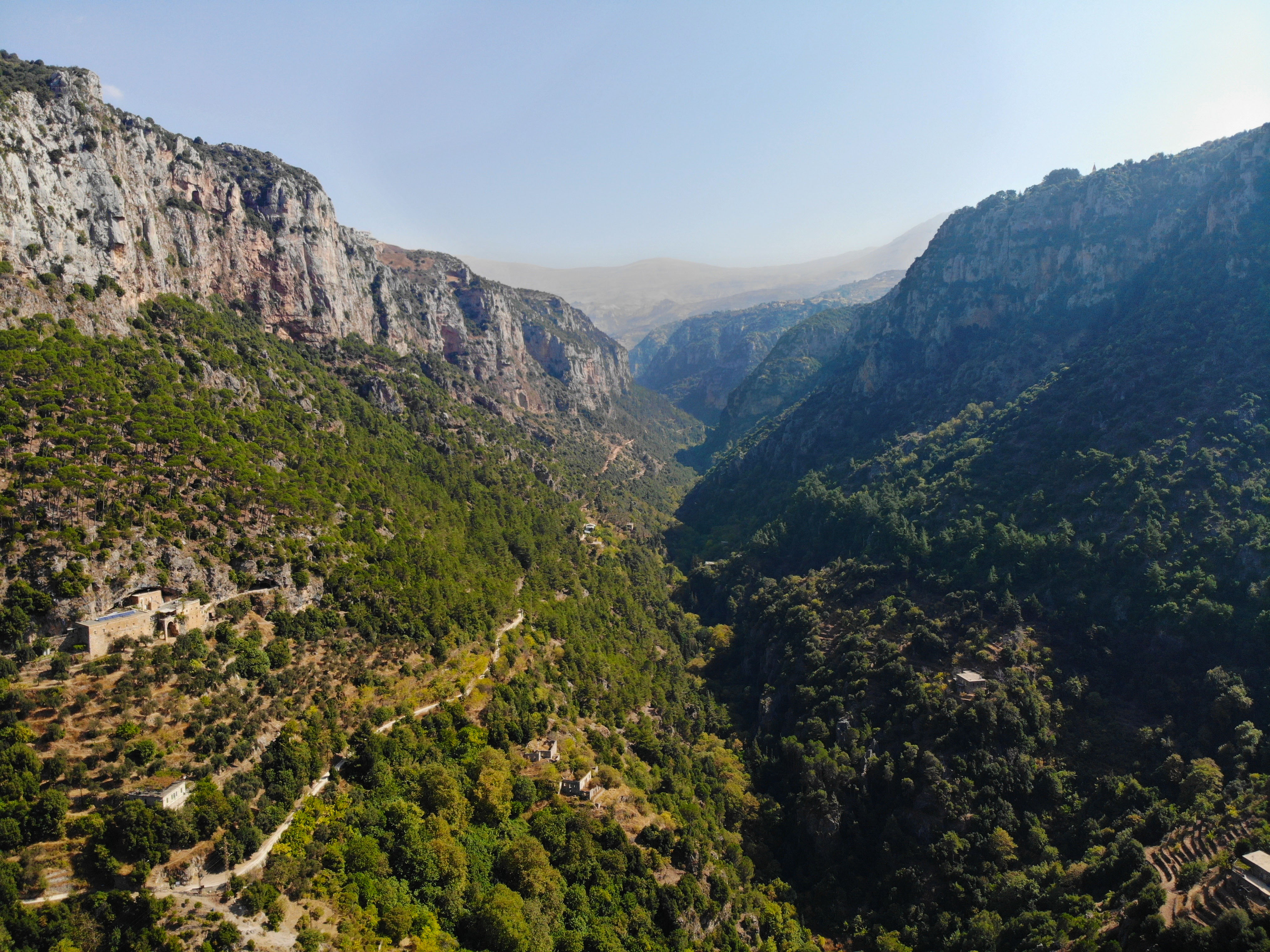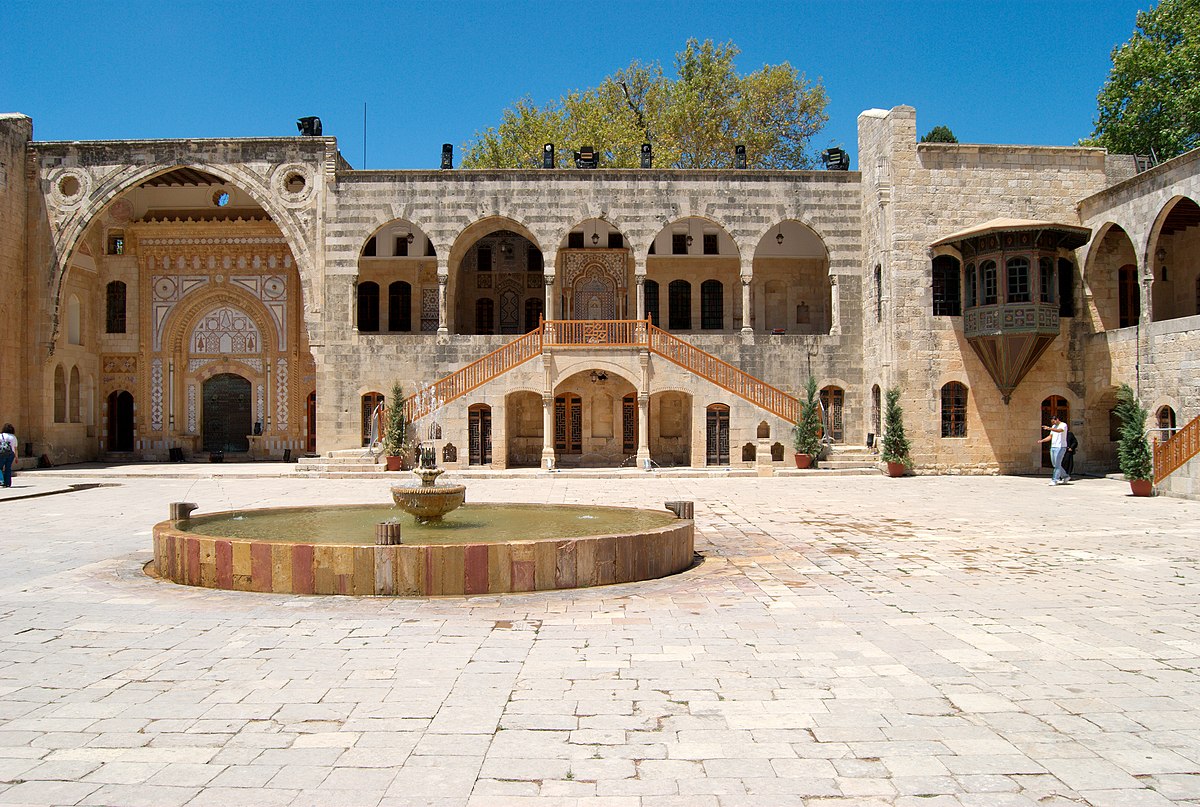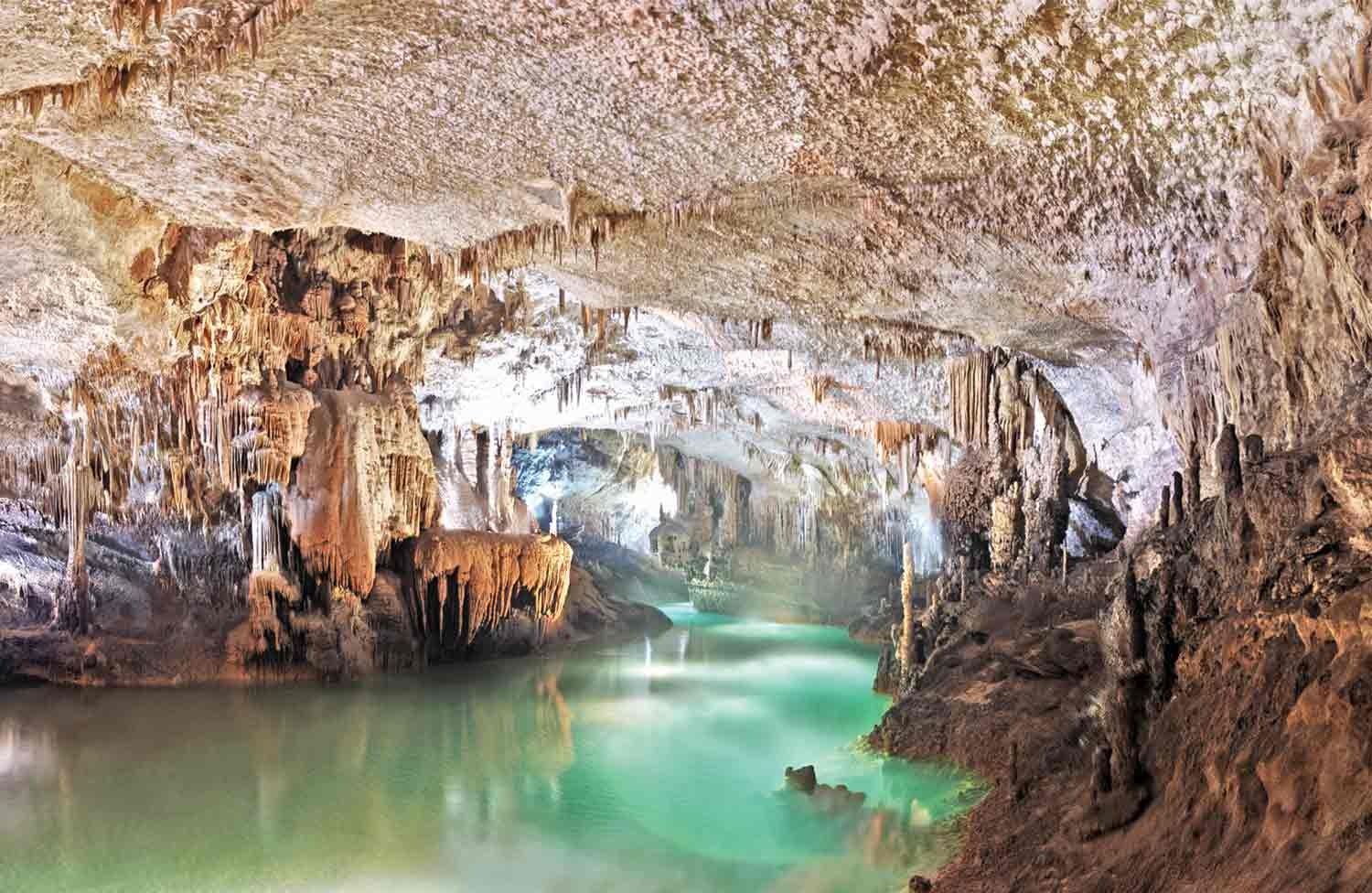BEIRUT
Walk through Beirut's rich layers of time with the help of an exotic range of temples from Phoenician, Hellenic, Roman, Byzantine, Arab, Crusader and Ottoman eras.
Seek hidden and beautiful heritage villas where today's contemporary boutique shops and hotels reside or let the salty air envelop you along the corniche before visiting enriching museums and cultural centers such as the National Museum, the Lebanese National Library, Dar El-Nimer, Sursock Museum or Bsous Silk Museum.
Be greeted by astonishing steeples and minarets with every stride in Downtown and enjoy spiritual refuge at St George's Cathedral or Emir Mounzer mosque, both pulsating through the steady breath of Beirutis' unchanging worship.
